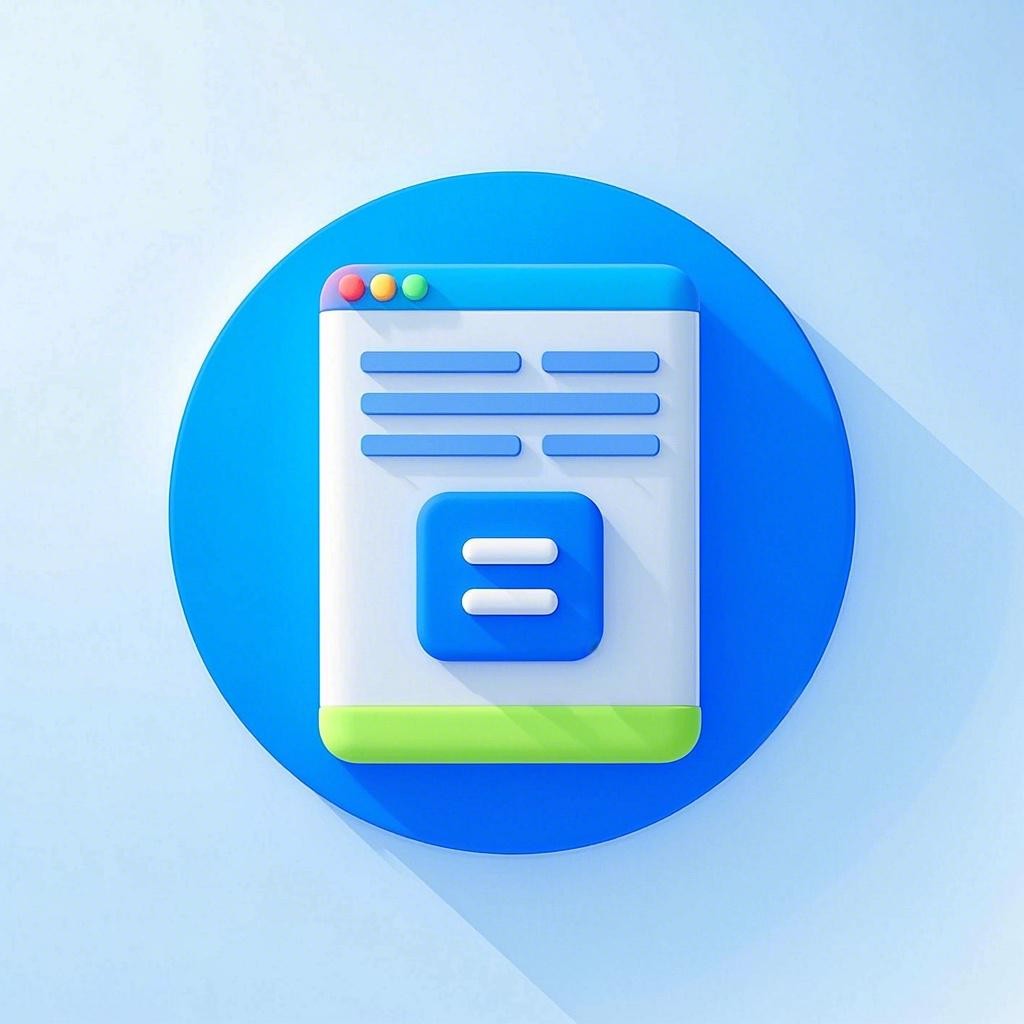引言
Symfony是一个强大的PHP框架,广泛用于开发高性能、可扩展的Web应用程序。本指南旨在帮助新手快速入门,掌握Symfony的基本概念和使用方法。
第一节:什么是Symfony?
1. 简介
Symfony是一个开源的PHP框架,遵循MVC(模型-视图-控制器)设计模式。它提供了一套完整的工具和组件,旨在简化Web应用程序的开发和维护。
2. 特点
- 模块化设计:允许开发者根据需求选择和使用组件。
- 高度可配置:支持多种配置格式,如YAML、XML、PHP等。
- 高性能:内置缓存机制和代码生成工具,优化应用性能。
- 强大的社区支持:拥有活跃的开发者社区和详尽的官方文档。
第二节:安装与配置
1. 环境要求
- PHP 7.2.5或更高版本
- Web服务器(如Apache、Nginx)
- Composer
2. 安装步骤
- 安装Composer:
curl -sS https://getcomposer.org/installer | php
sudo mv composer.phar /usr/local/bin/composer
- 创建新项目:
composer create-project symfony/skeleton myproject
cd myproject
- 配置Web服务器:
- 对于Apache,编辑
/etc/apache2/sites-available/myproject.conf:
<VirtualHost *:80>
ServerAdmin webmaster@localhost
ServerName localhost
ServerAlias www.localhost
DocumentRoot /var/www/myproject/web
ErrorLog ${APACHE_LOG_DIR}/error.log
CustomLog ${APACHE_LOG_DIR}/access.log combined
</VirtualHost>
- 对于Nginx,编辑
/etc/nginx/sites-available/myproject:
server {
listen 80;
server_name localhost;
root /var/www/myproject/web;
index index.php index.html index.htm;
location / {
try_files $uri $uri/ /index.php?$query_string;
}
location ~ /\.ht {
deny all;
}
location ~ /index.php {
include fastcgi_params;
fastcgi_pass 127.0.0.1:9000;
fastcgi_index index.php;
fastcgi_param SCRIPT_FILENAME $document_root$fastcgi_script_name;
}
}
- 启动项目:
php bin/console server:run
第三节:基本用法
1. 路由和控制器
- 定义路由:
在config/routes.yaml文件中添加路由:
app:
resource:
type: controller
path: '/blog'
class: App\Controller\BlogController::class
- 创建控制器:
在src/Controller/BlogController.php中添加控制器:
namespace App\Controller;
use Symfony\Bundle\FrameworkBundle\Controller\AbstractController;
class BlogController extends AbstractController
{
public function index()
{
return $this->render('blog/index.html.twig');
}
}
- 访问应用:
在浏览器中访问http://localhost/blog,将看到欢迎页面。
2. 模板引擎
- 创建模板文件:
在templates/blog/index.html.twig中添加模板内容:
<!DOCTYPE html>
<html>
<head>
<title>Blog</title>
</head>
<body>
<h1>Welcome to the Blog</h1>
</body>
</html>
- 修改控制器:
在BlogController.php中修改index方法:
public function index()
{
return $this->render('blog/index.html.twig', ['title' => 'Welcome to the Blog']);
}
再次访问应用,将看到带有标题的页面。
第四节:总结
通过本指南,您已经掌握了Symfony框架的基本概念和使用方法。现在,您可以开始使用Symfony构建自己的Web应用程序了。随着经验的积累,您可以进一步探索框架的高级特性和最佳实践。祝您学习愉快!
